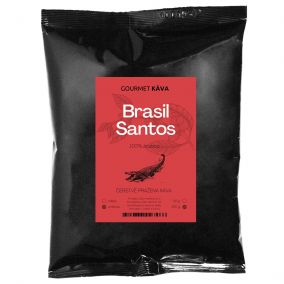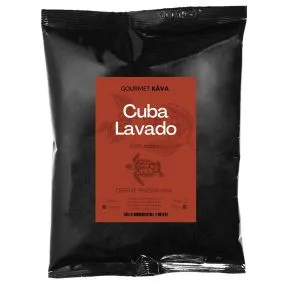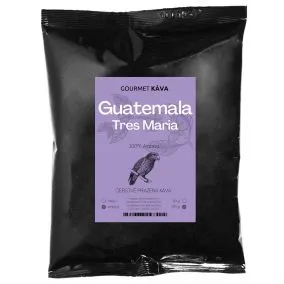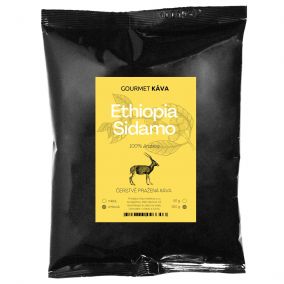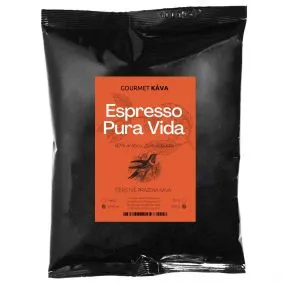Milled coffee finds its use even after it has served you to prepare your favourite caffeinated drink. You can, for example, fertilise some types of plants with it.
Coffee as an effective fertiliser and pest control
Not only you environmentally conscious people, but also enthusiastic growers will no doubt welcome the information that logr does not belong in the trash. Some of the key minerals in coffee remain and can serve a purpose, even if its main function of making coffee has already been fulfilled. In logro, you will find nitrogen, calcium, potassium, iron, chromium, phosphorus and magnesium, substances that help certain types of plants to grow well.
As a fertilizer, coffee currently promotes the removal of heavy metals in the soil that contaminate the soil.
Which plant species benefit from coffee logr
Because ground coffee has a slightly acidic pH, logr is suitable for fertilizing plants that prefer a more acidic environment.
So, in the garden, use the logr without hesitation for:
-
Boxwood;
-
hortensia;
-
azaleas;
-
rhododendrons;
-
capradines;
-
heather;
-
roses;
-
tomatoes;
-
strawberries;
-
grass.
Fertilise either directly with a log sprinkled on the plants (fresh can also be used), or as a top dressing by mixing the coffee grounds with water in a jug. If you opt for the former, mix the looghr with soil or cover with a layer of mulch to prevent wind from blowing it away.
Among houseplants, you'll be grateful for coffee grounds:
-
orchids - this will encourage them to flower;
-
tulfoil;
-
potatoes;
-
eggplant;
-
Christmas cactus;
-
philodendron;
-
goldenrod;
-
African violets.
For dormant plants, fertilise only during the growing season, skipping over winter. Watering (a quarter-litre jar of dry loger mixed with 10 litres of water) once every week or two is ideal. It's not a good idea to sprinkle the lye directly on to houseplants, as insects such as vinegar beetles may be attracted to it in the home.
Which plants don't like coffee
These are mainly species that grow in alkaline soil, i.e. the spices marjoram, oregano or thyme, as well as viscera, yucca, succulents and oleanders.
This natural fertiliser is also not suitable for soil in which you sow seeds or plant small seedlings. Caffeine inhibits their growth. Remember, therefore, that just as coffee is not suitable for children, it is not suitable for young developing plants.
Who will be intimidated by a coffee log:
-
aphids - it helps to put coffee grounds under threatened plants, the same way you'll kill...
-
ants;
-
snails - but don't expect miracles, coffee grounds won't have 100% effect, more resistant (and hungrier) individuals will not be deterred;
-
Caterpillars - if they nibble on plant leaves, apply lye dissolved in water using a spray bottle.
Logr to compost
One thing is for sure - coffee grounds do not belong in the trash, they can be used at home and in the garden, and if you do not want to use them directly for fertilizing plants or fighting pests, they will serve as a valuable component of compost.
Frequently asked questions about coffee and fertiliser:
Question 1: What are the benefits of using coffee as a fertilizer?
Answer: Coffee contains high amounts of nitrogen, phosphorus and potassium, which are essential for plant growth and health. Using coffee as a fertilizer also contributes to the recycling of organic material and reduces waste.
Question 2: What are the disadvantages of using coffee as a fertilizer?
Answer: If coffee is used too often, it can accumulate too much nitrogen in the soil, which can lead to an imbalance in the soil ecosystem. It should also be used with caution to avoid excessive pH in the soil.
Question 3: What is the procedure for using coffee as a fertilizer?
Answer: Coffee is most commonly used as a composting material, where it is mixed with other organic materials and allowed to decompose. It can also be used directly as a mulching material or mixed with water and used as a liquid fertilizer.
Lavado coffee from the mountains of south-eastern Cuba will surprise you almost zero acidity and a distinctive taste of dark chocolate and caramel.
Lavado coffee from the mountains of south-eastern Cuba will surprise you almost zero acidity and a distinctive taste of dark chocolate and caramel.
Guatemalan Trés Maria coffee stands out for its perfect balance and pleasant sweetness complemented by the taste of ripe tropical fruits.
Guatemalan Trés Maria coffee stands out for its perfect balance and pleasant sweetness complemented by the taste of ripe tropical fruits.
Exceptionally low acidity and chocolate flavour come together in Brazil Fazenda Rainforest coffee, which you can buy to support the idea of an ecological and socially friendly way of growing coffee.
Exceptionally low acidity and chocolate flavour come together in Brazil Fazenda Rainforest coffee, which you can buy to support the idea of an ecological and socially friendly way of growing coffee.
Ethiopia gave its name to coffee after the Ethiopian province of Kaffa, so it's no surprise that some of the best coffee in the world is grown there.
Ethiopia gave its name to coffee after the Ethiopian province of Kaffa, so it's no surprise that some of the best coffee in the world is grown there.
A unique blend of 5 varieties of Arabicas from Central and South America , complemented by a quality robusta for an espresso full of flavour, strength and quality creams.
A unique blend of 5 varieties of Arabicas from Central and South America , complemented by a quality robusta for an espresso full of flavour, strength and quality creams.
Cuba Lavado, arabica coffee beans
Guatemala Trés Maria, arabica coffee beans
Brazil Fazenda Rainforest, Arabica coffee beans
Ethiopia Sidamo, Arabica coffee beans
Espresso blend Pura Vida, coffee beans
Sources:
https://www.ncbi.nlm.nih.gov/pmc/articles/PMC4045301/



























































































